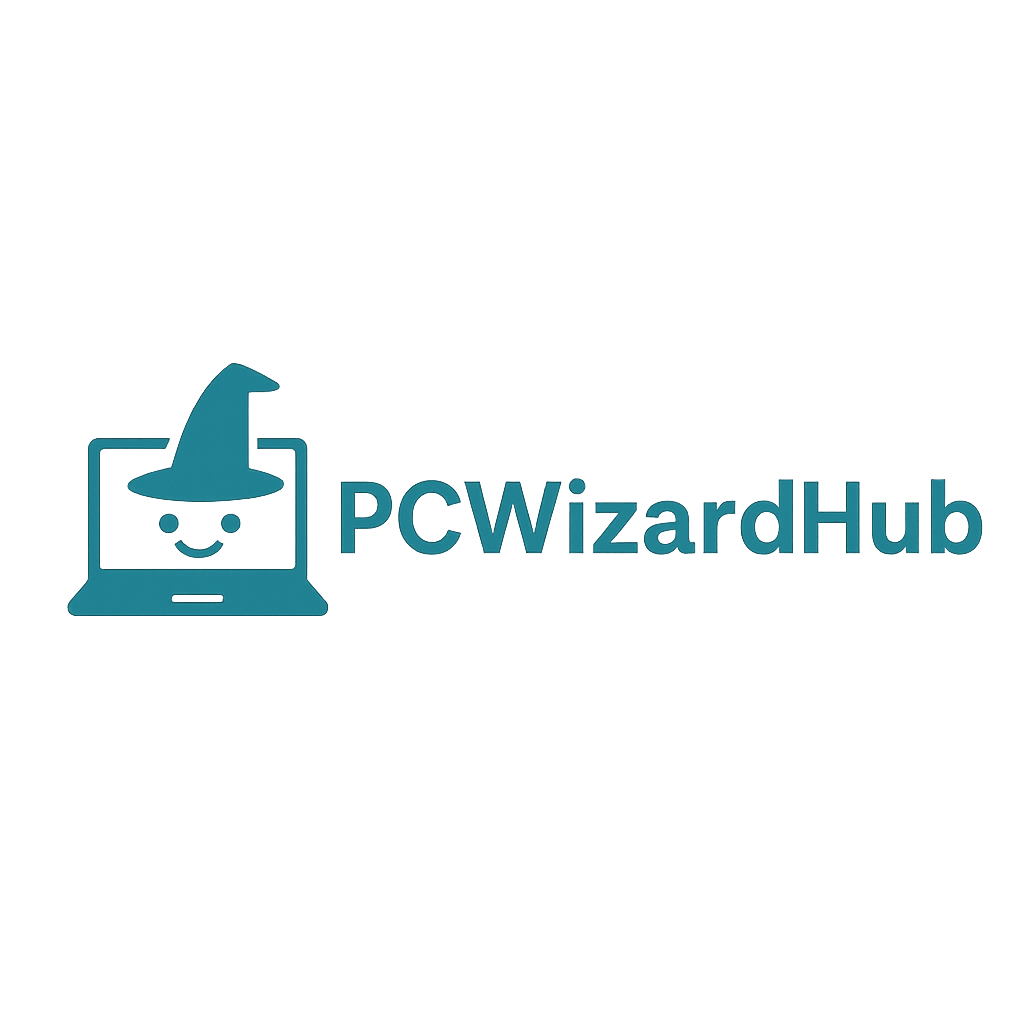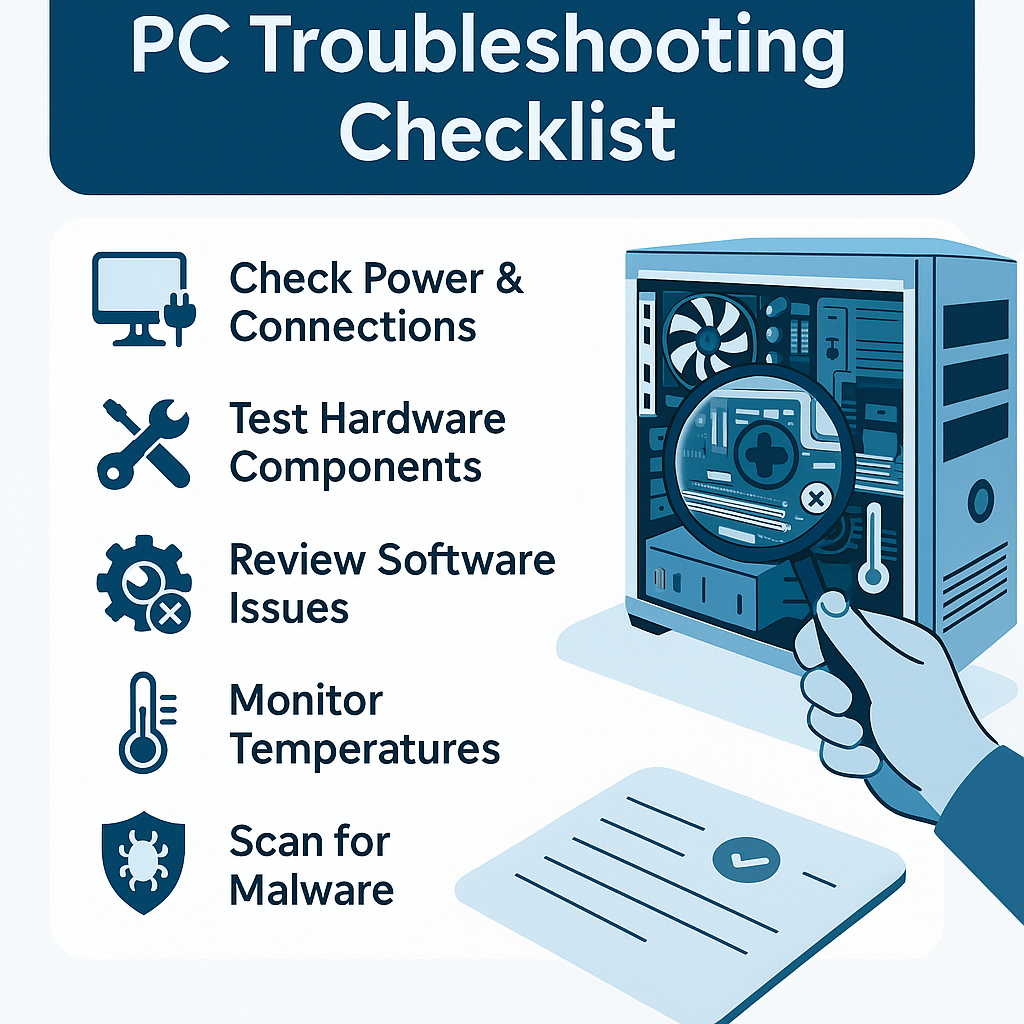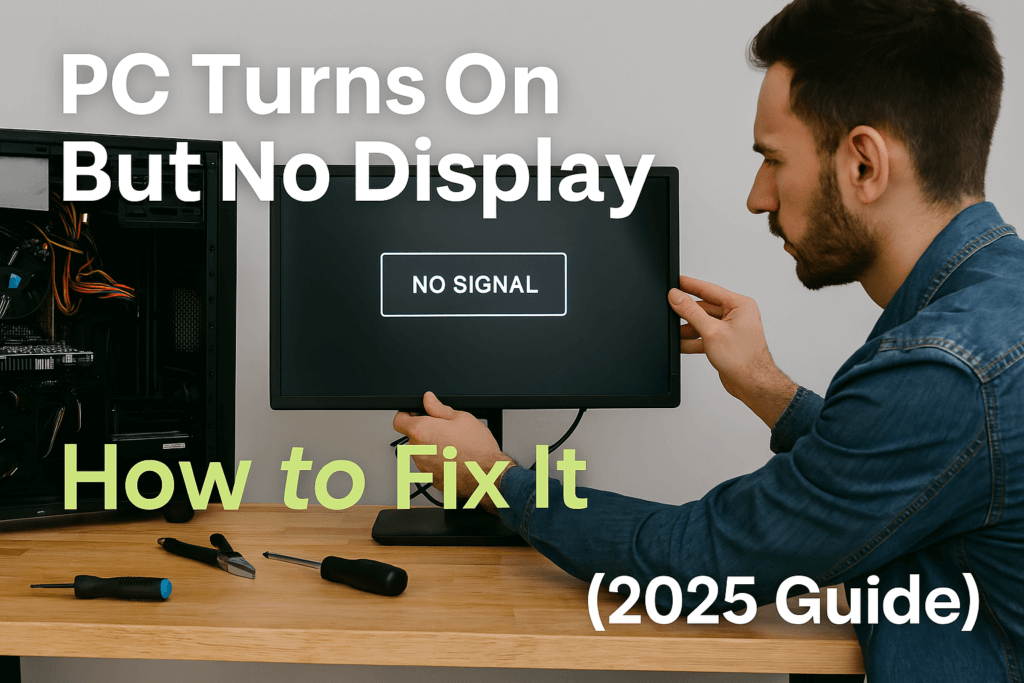Ever feel like your powerful GPU still isn’t giving you the performance you expected? You might be facing a bottleneck — and you’re not alone.
In this guide, we’ll break down what bottlenecks are, how to identify them, and the best ways to avoid or fix them in 2025.
🌀 What Is a Bottleneck in a PC?
A bottleneck happens when one component of your PC limits the performance of others. Think of it like a fast highway (your GPU) being slowed down by a one-lane exit ramp (your old CPU).
Your PC’s overall performance can only go as fast as its slowest part.
📊 Common Types of Bottlenecks
1. CPU Bottleneck
Occurs when your processor can’t keep up with your graphics card.
- Example: Pairing an RTX 4070 with an old Ryzen 3.
- Symptoms: Low CPU usage, stuttering, FPS dips in CPU-heavy games.
2. GPU Bottleneck
Happens when your graphics card can’t keep up with your processor.
- Example: Using integrated graphics with a Ryzen 7.
- Symptoms: High CPU usage, low GPU usage, poor frame rates.
3. RAM Bottleneck
- Having too little RAM or slow RAM can also cause sluggish performance.
- Example: 8GB RAM in modern titles or using DDR4 2133MHz instead of DDR5.
🔍 How to Identify a Bottleneck
Use tools like:
- Task Manager (Ctrl + Shift + Esc)
- MSI Afterburner (Real-time CPU/GPU/RAM usage)
- UserBenchmark (Quick system assessment)
Look for one component hitting 90–100% usage while others are idle.
🔧 How to Fix or Avoid Bottlenecks
- 🧠 Balance your build: Don’t overspend on one part and cheap out on another.
- ⬆️ Upgrade wisely: Match CPU + GPU tiers. (Check our Best Budget AM5 CPUs in 2025)
- 🔄 Enable XMP profiles for faster RAM speeds
- 🧪 Test performance regularly after changes
🚀 Final Thoughts
Bottlenecks can be frustrating, but they’re often easy to spot and fix with the right knowledge. A well-balanced system will give you better performance and more value for your money.
Planning to upgrade? Check out our Guide to Upgrading an Old PC in 2025 for tips that avoid future bottlenecks!




